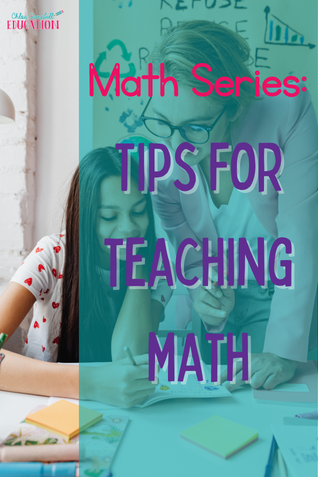Potential and Kinetic Energy Worksheet – Energy Practice
Teaching potential energy and kinetic energy to 3rd, 4th, and 5th graders can seem like a daunting task. How do you explain energy forms without losing your students in a sea of scientific jargon? Fear not! I’ve got you covered with engaging and relatable ways to teach these concepts, ensuring your students grasp the essentials while having fun. Grab your coffee, get comfortable, and let’s dive into the world of energy. Here are four engaging ideas to teach potential and kinetic energy skills in your classroom.

Potential and Kinetic Energy: Interactive Worksheets and Activities
Incorporate interactive worksheets that allow students to explore potential and kinetic energy through hands-on activities. A great resource is my Mechanical Energy Forms of Energy Activities set. This resource offers engaging activities that break down the concepts into bite-sized, manageable pieces. Students can work independently or in groups, reinforcing their understanding through practice. This resource includes a lesson plan, potential energy worksheets, as well as a kinetic energy worksheet to assist you in teaching these topics.
First, students make a foldable to help them understand the concepts of potential and kinetic energy through mechanical energy examples. Though most students could tell you mechanical is a form of energy, they don’t often know how this relates to potential and kinetic energy.
To help students process where they’d see mechanical energy in real life, students brainstorm how potential and kinetic energy present in given situations, such as playgrounds swings, a bow and arrow, and lighting a match.
Next, students get active and hands-on practice with mechanical energy when they create marshmallow catapults.
Finally, students design a rollercoaster using the concepts of potential and kinetic energy. This activity is designed as a drawing and sketching activity, and you could always make this activity a STEM activity as well! You can also make this activity independent work or group work.
Exit slips are included for assessment purposes. An answer key is included also.
Potential and Kinetic Energy: Energy Conversion Experiments
Conduct simple experiments that demonstrate energy conversion. For example, use a toy car on a ramp to show how potential energy (at the top) converts to kinetic energy (as it rolls down). Another experiment could involve a pendulum, where students can observe the continuous conversion between potential and kinetic energy. These hands-on activities are a great way to make physical science concepts come to life in the classroom.

Potential and Kinetic Energy: Comprehensive Lesson Plans and Worksheets
Utilize comprehensive lesson plans that include detailed explanations, examples, and practice problems. The Forms of Energy Worksheets & Lessons for Electrical Energy is an excellent resource that provides structured lessons on various forms of energy, including potential and kinetic energy. These worksheets are designed to cater to different learning styles and can be a valuable addition to your teaching toolkit.
To help students process where they’d see electrical energy in real life, students brainstorm how potential and kinetic energy present in given situations, such as windmills and solar energy.
Next, students get active and take a scavenger hunt around the classroom. Students need to find examples of mechanical, electrical, light, sound, and chemical energy. During this activity, students identify the type of energy for each example they find, and they also draw a sketch of the item. Knowing the five resource types of energy is important for students to understand, and finding real-world examples of this is key for their learning.
Finally, students create a working circuit.
Potential and Kinetic Energy: Real-Life Examples: The Volleyball Player and the Bowling Ball
Start by using real-life examples to make the concepts relatable. Imagine a volleyball player jumping to spike the ball. At the peak of their jump, they have maximum potential energy. As they descend and hit the ball, that potential energy converts into kinetic energy. Similarly, a bowling ball resting at the top of a ramp has potential energy. Once released, it converts to kinetic energy as it rolls down. These examples can make the abstract idea of energy more tangible for your students.
Bonus hint! If you want to incorporate physical education into this lesson, you can have students practice the concept using actual volleyballs!
Teaching potential and kinetic energy doesn’t have to be a dry or daunting task. With the right resources and a bit of creativity, you can make these concepts exciting and accessible for your students. From real-life examples and interactive worksheets to hands-on experiments and comprehensive lesson plans, there are numerous ways to engage your students and deepen their understanding of energy. These ideas are great for 2nd grade science all the way to middle school science.
So, go ahead and infuse your lessons with energy (pun intended), and watch your students light up with understanding and curiosity. By integrating these ideas and resources into your classroom, you’ll not only meet educational standards but also spark a lasting interest in identifying and understanding the different types of energy with your students. Happy teaching!
Looking for more energy resources for your classroom? Check them out here.
Want to save this post and come back to it later? Click the image below and pin this post to your favorite Pinterest board!











